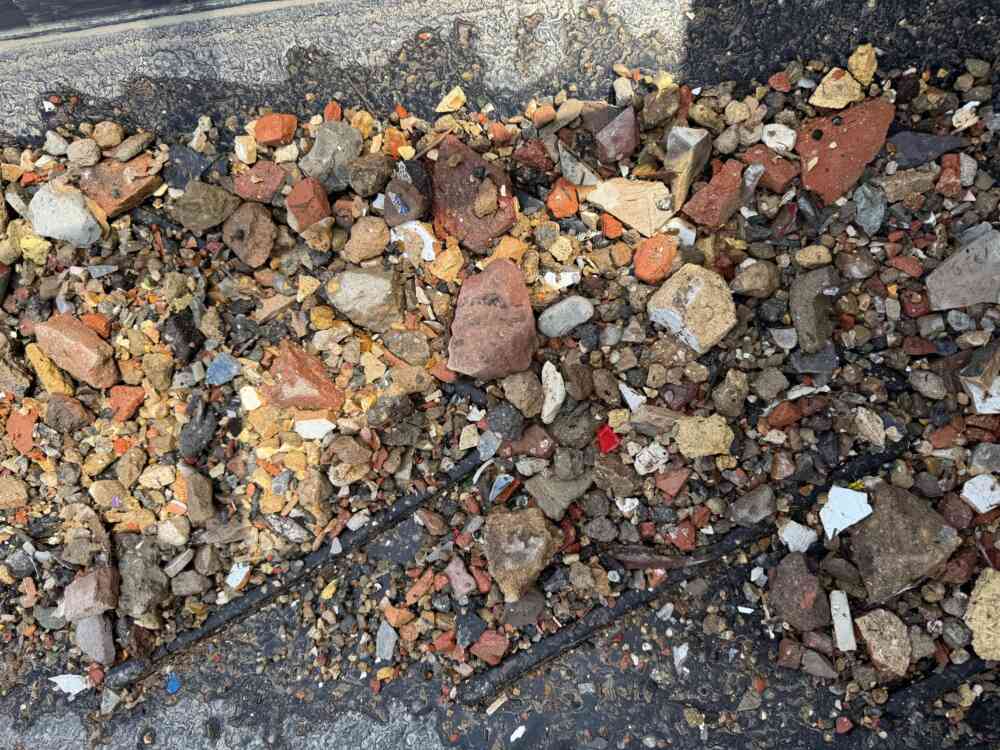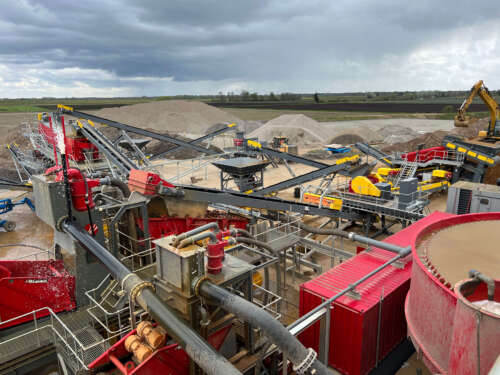Introduction
Construction and demolition (C&D) waste is one of the largest waste streams generated globally. As urbanization accelerates and infrastructure projects expand, the volume of C&D waste continues to rise, posing both environmental challenges and opportunities for sustainable innovation. This blog explores the fundamentals of C&D waste, the importance of managing it responsibly and what the future holds for recycling and reuse in the construction industry.
What is C&D Waste?
C&D waste refers to the materials discarded during the construction, renovation and demolition of buildings, roads, bridges and other infrastructure. Unlike household waste, which is typically smaller and more uniform, C&D waste is often bulky, heavy and composed of a wide variety of materials. Because of its scale and complexity, managing C&D waste requires specialized strategies and infrastructure.
Types of C&D Waste
C&D waste encompasses a broad spectrum of materials, including:
- Concrete and asphalt: Often the largest component, these materials are heavy but highly recyclable.
- Wood: Includes untreated lumber, plywood and engineered wood products.
- Metals: Steel, copper, aluminum and other metals used in structural and electrical components.
- Bricks and masonry: Durable but often contaminated with mortar or other substances.
- Drywall and plaster: Common in interior construction, but can release harmful dust if not handled properly.
- Glass: Windows, doors and decorative elements.
- Plastics: Pipes, insulation and packaging materials.
- Soil and excavated materials: Generated during site preparation.
- Hazardous materials: Asbestos, lead-based paint and chemical containers require special disposal protocols.
Understanding the composition of C&D waste is essential for determining the best strategies for recycling, reuse or disposal.
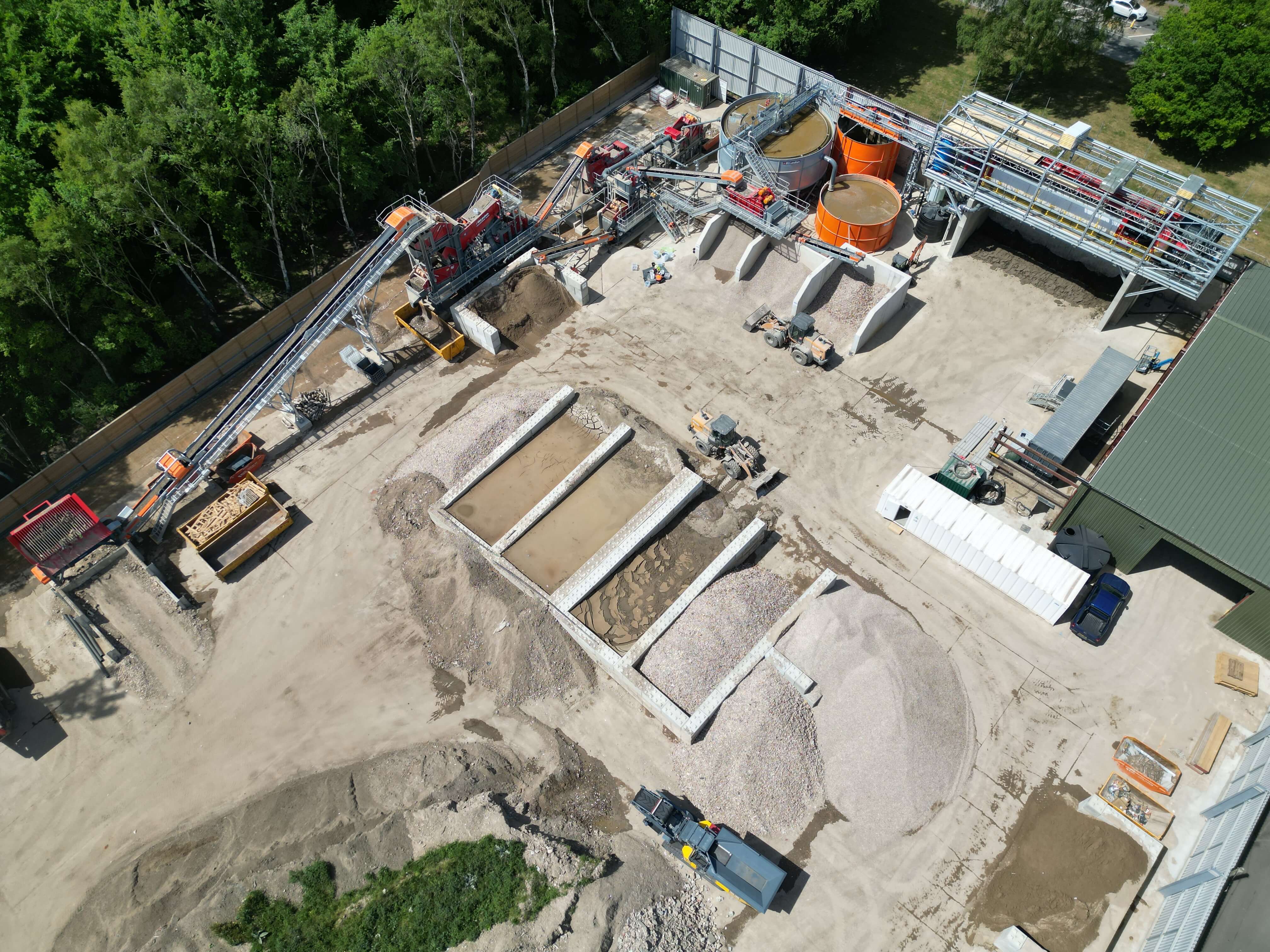
Why is C&D Waste Management Important?
The importance of managing C&D waste responsibly cannot be overstated. Environmentally, improper disposal can lead to soil and water contamination, air pollution and the destruction of natural habitats. From a resource perspective, recycling materials like concrete, metal and wood reduces the need for virgin resources, conserving energy and raw materials. Landfills are rapidly reaching capacity, and C&D waste occupies a significant portion of that space. By diverting waste from landfills, we extend their lifespan and reduce the environmental footprint of construction activities.
Economically, recycling and reuse can lower project costs and create new business opportunities. Companies that embrace sustainable waste management often find themselves more competitive and better aligned with modern environmental standards. Regulatory compliance is a growing concern, as many jurisdictions now mandate specific handling and recycling practices for C&D waste. In short, effective C&D waste management transforms a potential liability into a strategic asset.
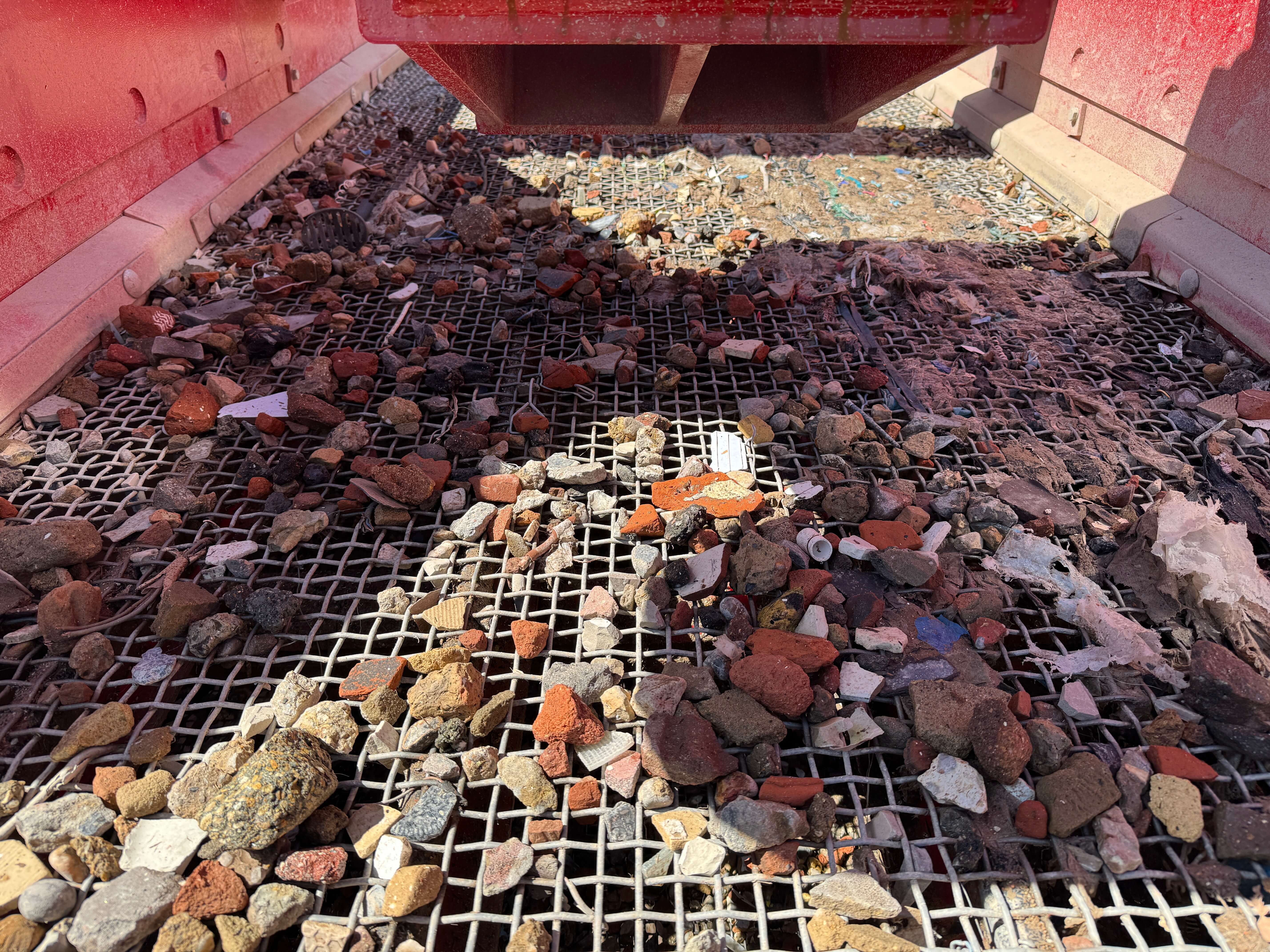
How is C&D Waste Processed?
Processing C&D waste involves several key stages, each designed to maximize material recovery and minimize environmental impact. The first step is collection and transportation. Waste is gathered from construction sites and moved to sorting facilities or landfills. Segregating materials at the source, such as separating wood from metal, greatly improves the efficiency of recycling operations.
Once at a facility, the waste undergoes sorting and separation. This can be done manually or with the help of machines like magnetic separators and shredders. These technologies help isolate recyclable materials from contaminants. After sorting, the recyclable components are processed. Concrete and asphalt are typically crushed and reused as aggregate in new construction. Wood can be repurposed for furniture, mulch or biofuel. Metals are melted down and reformed for new applications, while drywall can be recycled into new wallboard or used in agricultural soil amendments. Non-recyclable and hazardous materials are sent to specialized landfills or treatment facilities, where they are handled according to strict environmental regulations.
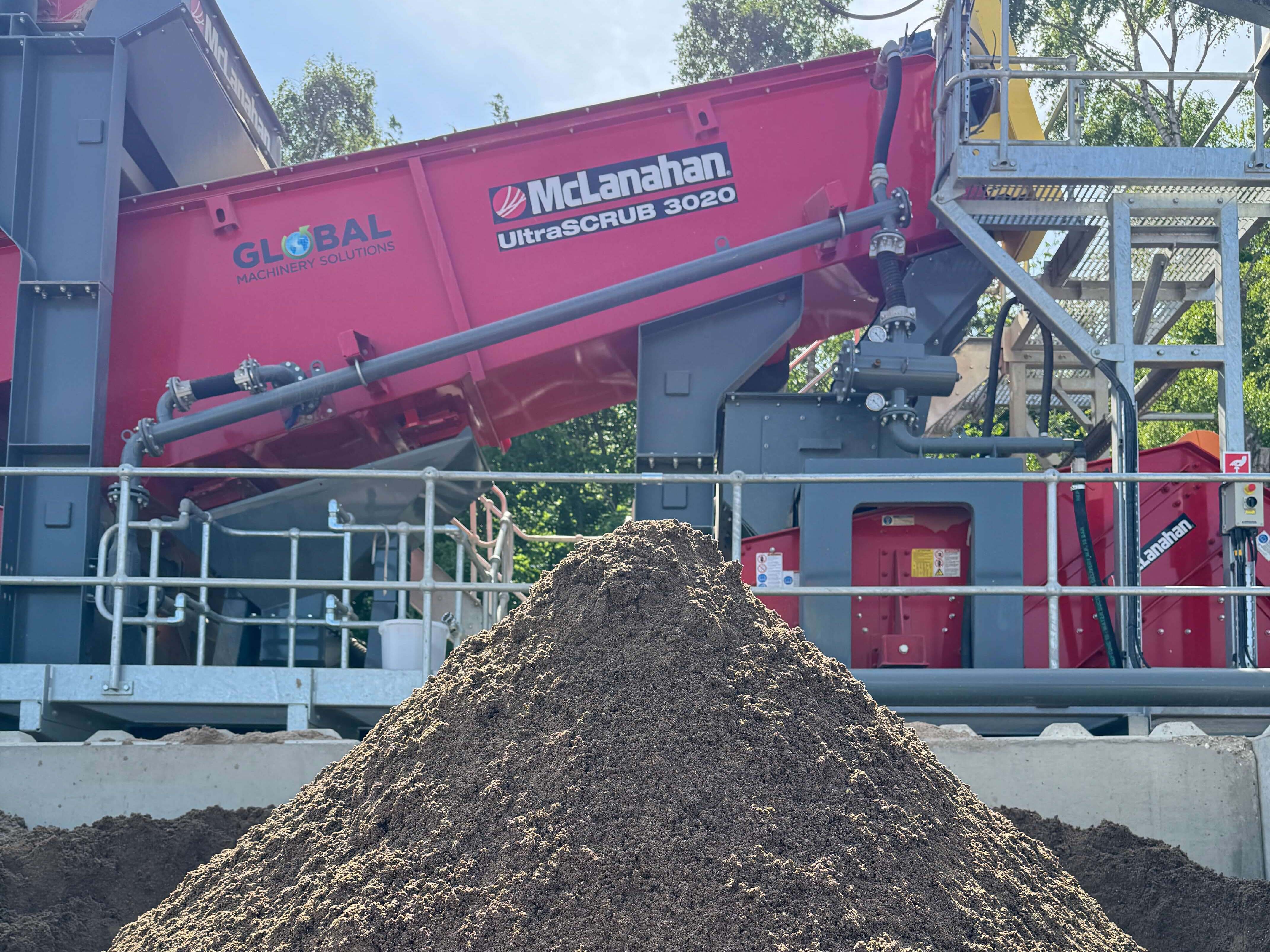
The Benefits of C&D Recycling
Recycling C&D waste offers a wide range of benefits. Environmentally, it reduces greenhouse gas emissions, conserves natural resources and lowers pollution levels. Economically, it creates jobs in recycling facilities, reduces material costs for construction projects and supports the development of circular economy models. On-site recycling can also reduce transportation costs and streamline construction timelines, making projects more efficient.
From a community perspective, cleaner construction sites and reduced landfill use contribute to healthier living environments. Recycled C&D materials often perform just as well as virgin materials, making them a smart and sustainable choice for builders and developers. As awareness grows, more companies are recognizing the value of integrating recycling into their operations.
Environmental Impact and Regulatory Compliance
C&D waste has significant environmental implications. Dust and emissions from demolition and processing can affect air quality and pose respiratory risks. Runoff from improperly stored waste can contaminate local water sources, while hazardous materials can leach into the soil, affecting agriculture and ecosystems. These impacts underscore the need for stringent regulations and responsible waste management practices.
Governments around the world have responded with a range of policies. Mandatory waste segregation ensures that recyclables and hazardous materials are handled appropriately. Recycling targets set minimum standards for material recovery, encouraging companies to adopt sustainable practices. Permitting and reporting requirements mandate documentation of waste handling procedures, while green building certifications reward projects that prioritize sustainability. Compliance with these regulations not only avoids penalties but also enhances a company’s reputation and marketability in an increasingly eco-conscious marketplace.
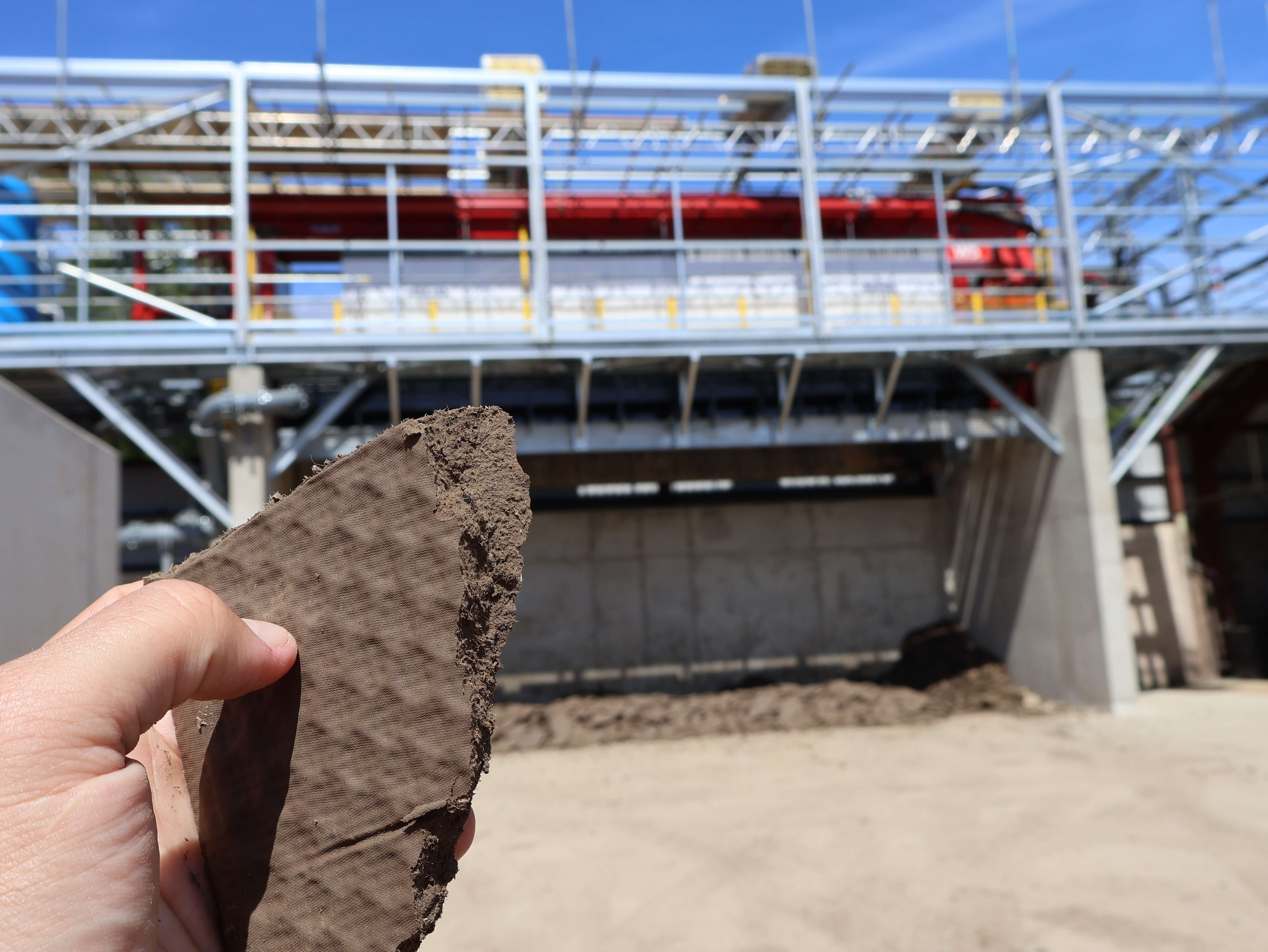
The Future of C&D Waste
The future of C&D waste management is promising, driven by technological innovation, evolving policy and growing public awareness. Advanced technologies such as AI-powered sorting systems, robotics and smart sensors are revolutionizing how waste is processed. These tools improve accuracy, reduce labor costs and increase recovery rates.
Design for deconstruction is another emerging trend. Architects and engineers are beginning to design buildings with materials that can be easily disassembled and reused, reducing waste at the end of a building’s life cycle. Circular construction models emphasize reuse and recycling throughout the entire building process, from design to demolition. Governments are also tightening regulations and offering incentives for sustainable practices, further encouraging industry-wide adoption.
Public engagement is playing a crucial role as well. Consumers, investors and stakeholders are demanding more transparency and accountability from construction companies. As sustainability becomes central to urban development, C&D waste management will be a key factor in shaping greener cities and more resilient infrastructure.
Conclusion
Understanding the benefits of C&D waste is essential for anyone involved in construction, urban planning or environmental stewardship. From identifying the types of waste to embracing recycling and complying with regulations, every stakeholder has a role to play. With innovation, collaboration and commitment, we can transform C&D waste from a burden into a foundation for sustainable development.


